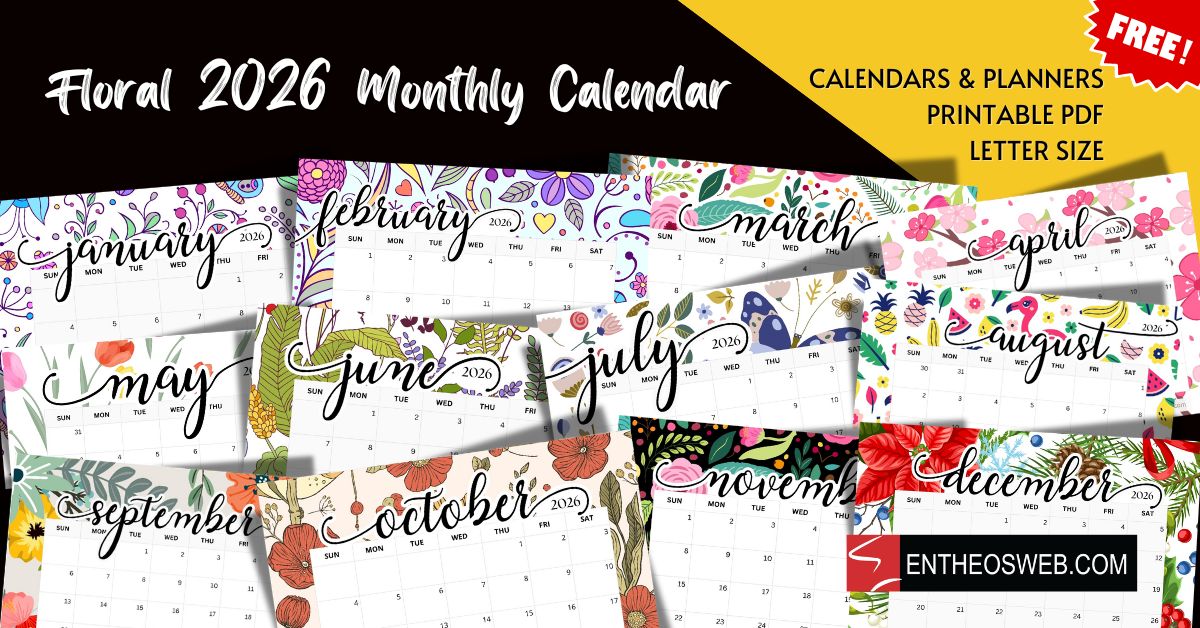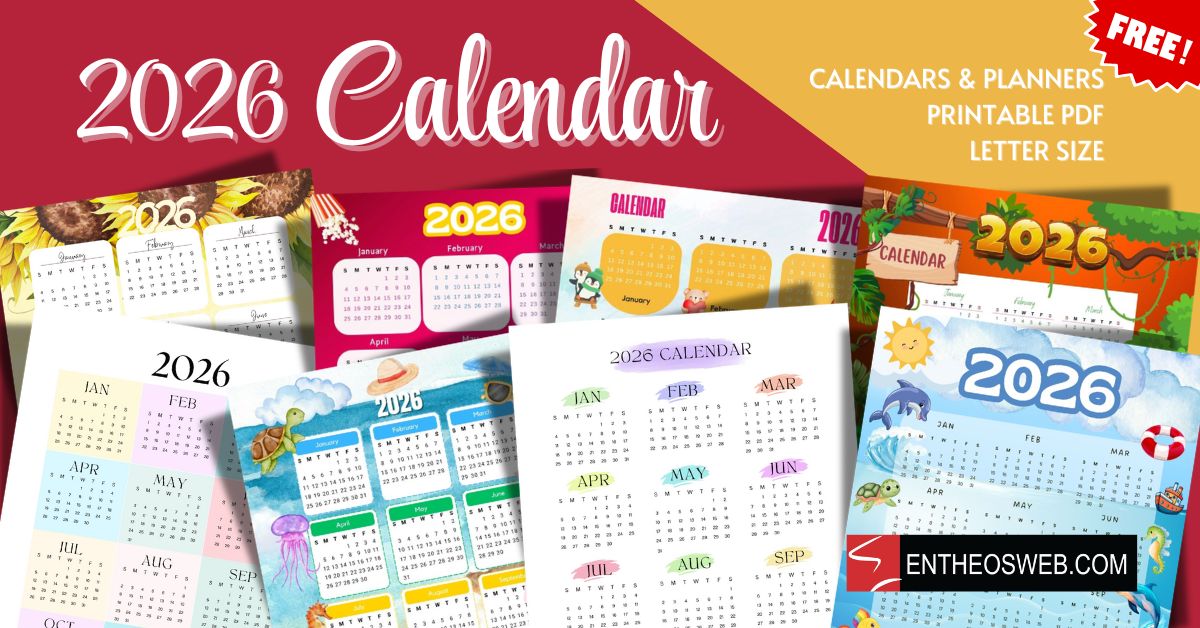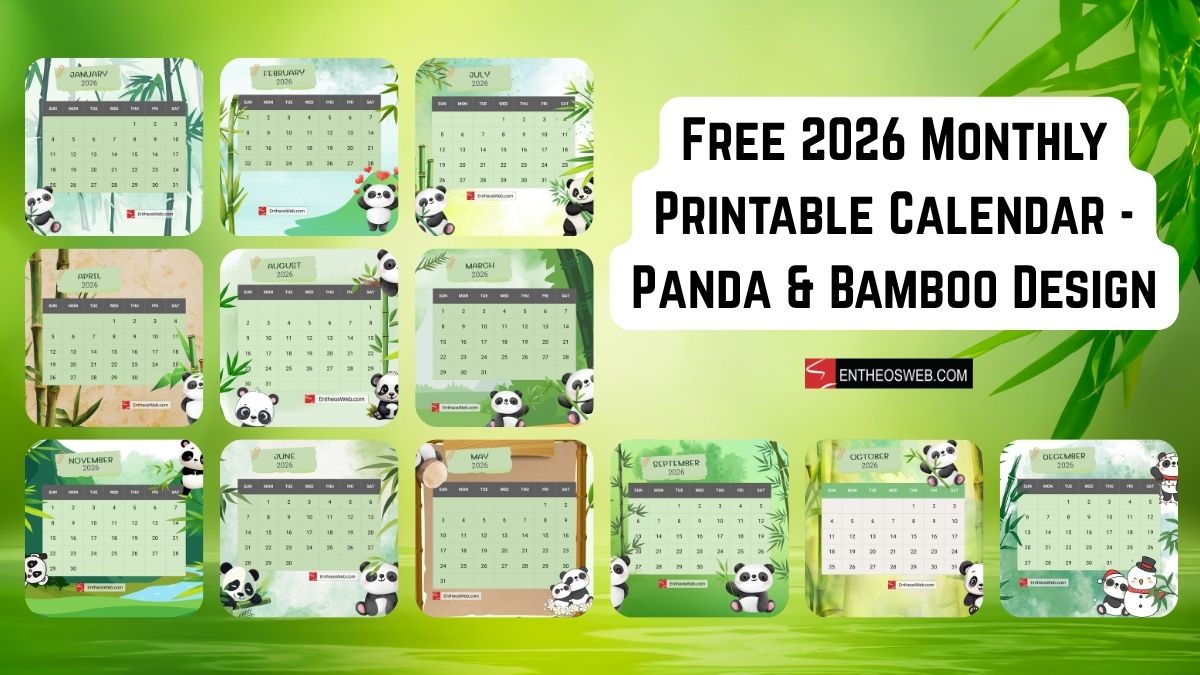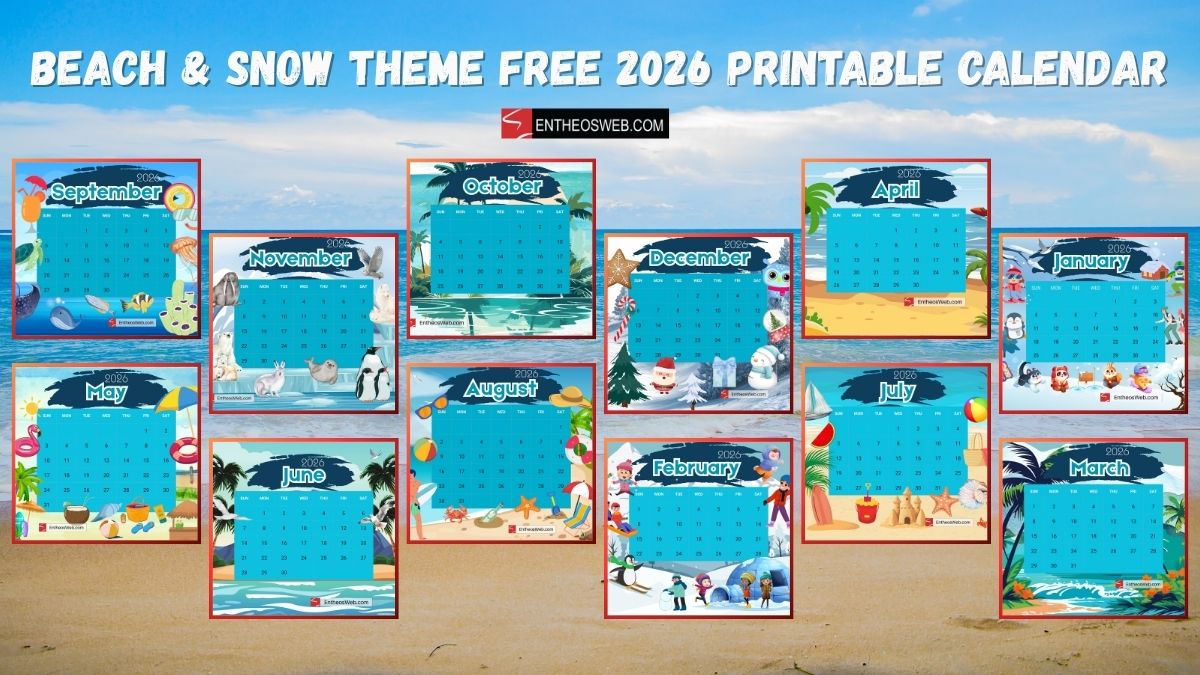
In our digital-first world, your brand’s design assets are the handshake, storefront, and signifier of your reputation all rolled into one. However, far too many businesses unintentionally damage their brand with off-brand colors, pixelated graphics, or cluttered layouts. The result: frustrated customers, cringe-worthy competitors, and a tarnished brand reputation.
The good news is that quality design assets don’t have to be out of reach for every business. You might not have a team of designers at your fingertips (or in your budget). But by using the right tools and a few simple design principles, you can quickly improve the quality of your brand’s visuals with time-efficient solutions.
In this article, we’re breaking down six easy ways to upgrade your brand’s design assets without breaking the bank (or burning out your team).
AI tools are so important and relevant in today’s high-tech landscape. Using tools like an AI image upscaler can boost your brand’s design assets into the stratosphere with minimal time investment, and a reduced learning curve when compared to traditional photo editing software. With AI, designers of all abilities and backgrounds can move faster and more efficiently through their unique creative process, especially in early-stage concept development.
AI tools can generate multiple design variations such as logos, color palettes, typography suggestions, and even social media layouts. It can do this within seconds, helping design teams to explore visual directions they might not have come up with on their own. AI also democratises access to high-quality design, enabling small startups or sole traders without huge budgets to create professional-looking assets.
Beyond the benefits of speed and cost, AI tools also enhance consistency of brand design assets by applying brand rules across all touchpoints automatically, reducing the chance of human error. It’s important to note that using AI for design is not about replacing human designers but rather extending their capabilities, allowing them to focus on refinement of assets, storytelling, and strategic decisions rather than repetitive production tasks.
The first and most impactful step to improve the quality of your brand’s design assets is to work with the design team or a design studio to define and adhere to a cohesive visual identity for your company. A strong brand identity includes elements such as your logo, color palette, typography, and imagery style. These different design elements should reflect your brand’s personality and be tailored to appeal to your target audience.
Many businesses falter in this by using inconsistent fonts, mismatched colors, or off-brand visuals across different platforms and media. Here, consider developing a brand style guide for all your staff to refer to.
Once you have a style guide in place, it also becomes easier for your designers to maintain visual consistency across all marketing channels, which builds strong customer recognition and consumer trust over time.
The next step is investment in high-quality typography that’s distinctive for your brand. Typefaces carry emotional weight and can greatly influence how the market perceives your brand. Cheap, mismatched or generic fonts can make even well-designed graphics look unprofessional and tacky. You should choose one or two fonts that are quite legible, versatile, and that are aligned with your brand’s assets and specific tone, and use them consistently.
Great typography isn’t merely about aesthetics; it enhances readability, directs attention to other design elements, and creates hierarchy in your designs. You should avoid overcrowding design layouts with too many typefaces or inconsistent text sizes, and be mindful of spacing and alignment. All of this should be second nature to a great graphic designer.
The third tip we have in order for you to level up your brand assets is to use high-quality imagery, like visual templates, in your assets. Whether you’re working with product photos, stock photos, lifestyle images, or even custom illustrations, in all cases, high-resolution and well-composed visuals are essential here.
Stock photos can be useful at times, but they should be chosen carefully to avoid clichés, a lack of visual diversity and irrelevant content. Better still, you should invest in original photography or custom illustrations, as these can dramatically boost the authenticity and uniqueness of your brand. This will help you stand out from the crowded marketplace where brands vie for customer attention. Each image should serve a specific purpose and align with the unique emotion or message that you want your brand to convey.
Another key improvement area for your brand’s assets is simplifying your designs. A messy, cluttered or overly complicated design asset can confuse or overwhelm your audience and leave them wondering what your message is. Instead, embrace white space, try to reduce unnecessary elements, and instead focus on clarity.
When every design element in your assets has a specific role and nothing feels excessive, your visual assets become more digestible and impactful and properly convey your brand’s messaging. Simplification is not about stripping away personality or making your brand plain vanilla; it’s instead about creating optimal space for your brand’s message to shine.
Lastly, you should ensure that your assets are optimized for their intended platforms. A gorgeous design asset loses all its potential impact if it appears pixelated on a website, gets cropped poorly on social media, or loads slowly on mobile browsers. You need to create different versions of your design assets that are specifically tailored for all formats – such as web, print, mobile, and social media graphics.
Pay attention to file types, image resolution, and dimensions. This technical fine-tuning may not be glamorous work and can be tedious, but it ensures that your assets look their best wherever they appear in the wild.
Legendary brand campaigns and visually stunning experiences are easy to get lost in, but it’s important to remember that great design assets are fundamentally about forging familiarity, credibility, and an emotional connection with your audience. It can be something as straightforward as defining a clear visual identity for your business, or just making sure that the design assets you’re already using display properly on all platforms and channels. Small, iterative improvements like these can snowball into huge competitive advantages.
Consistency is key to this strategy. If your design assets feel cohesive and professional across touchpoints, your brand will speak with confidence before you even open your mouth. Apply these six strategies today and you’ll not only improve your visuals, but make design one of your brand’s most powerful growth levers.









